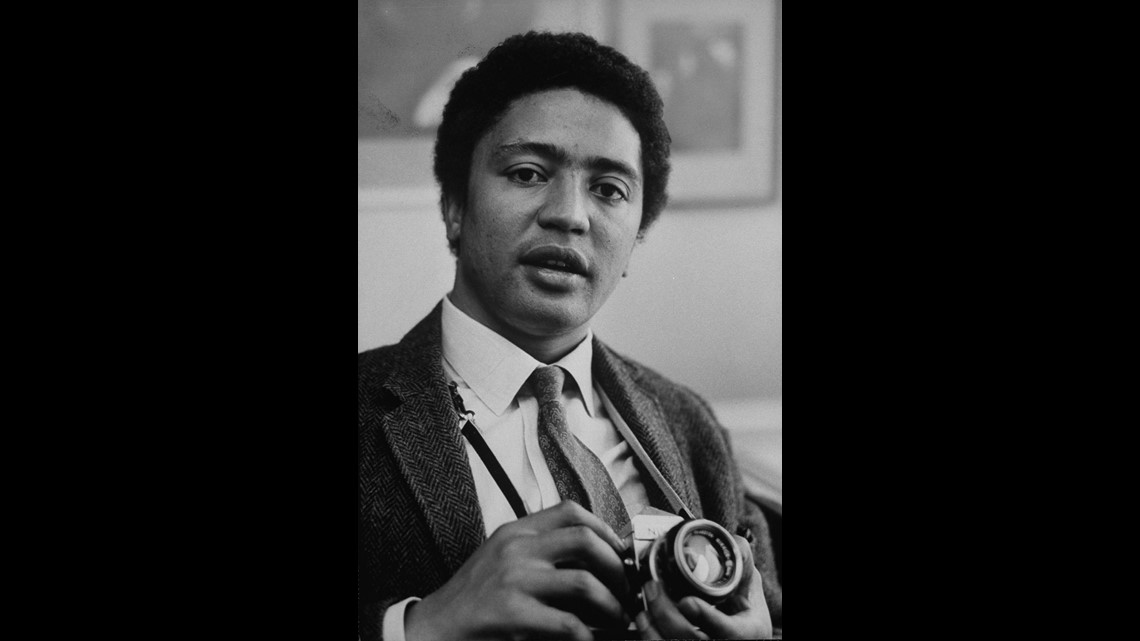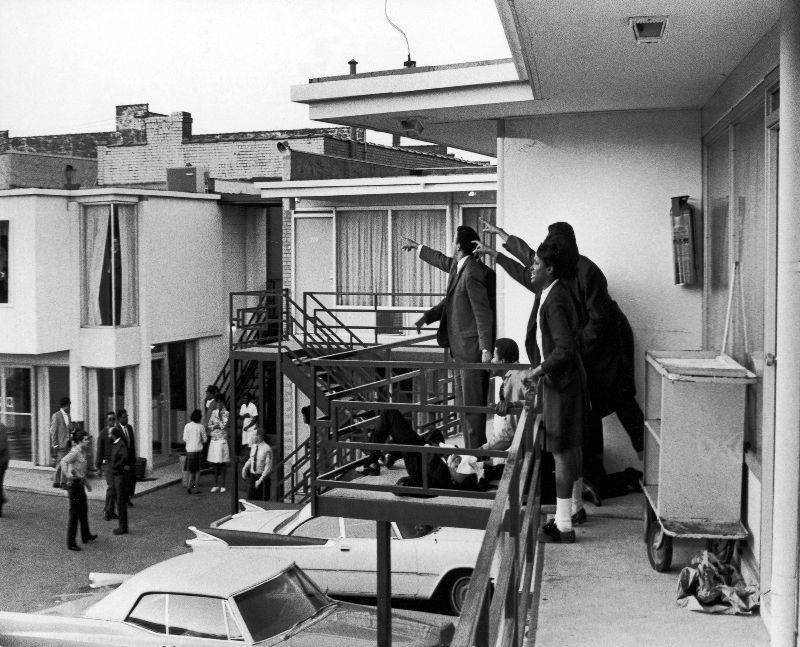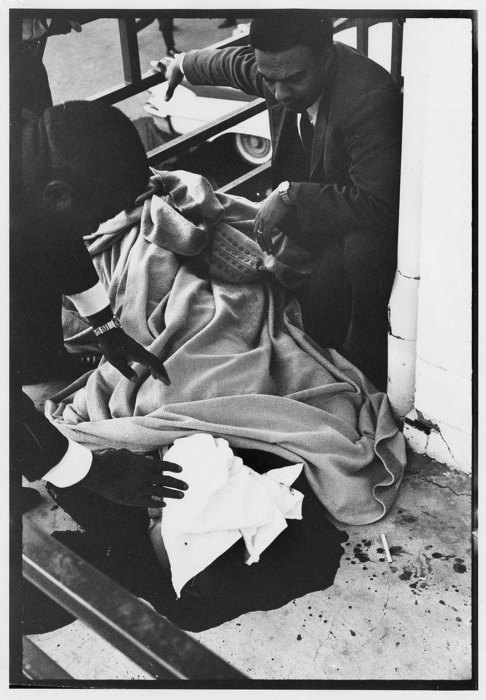In 1961, a Coloured journalist, Joseph Louw, and Pamela Beira, a White woman, were arrested under the Immorality Amendment Act of 1950, which banned sex between "Europeans" and Black people (African, Coloured or Indian). Beira fled the country before standing trial. (1/6)
On 24 February 1962, Louw was found guilty and sentenced to 6 months in jail. After his release, he left South Africa for Tanzania. Shortly afterward he was awarded a scholarship to the USA. He graduated from Columbia University in 1967. (2/6)
On 4 April 1968, Louw was on the road in Memphis with Dr Martin Luther King Jr. for a public television documentary he was working on. He was resting 3 rooms away from MLK’s motel room when a loud noise jolted him. He rushed outside to find Dr. King’s body on the balcony. (3/6)
In the moments immediately following Dr. King’s assassination, Joseph Louw was the only photographer on the scene. Following the assassination, Louw immediately returned to New York to develop his four rolls of film. (4/6)
His photos taken at the Memphis motel would become one of the most recognizable images of the 20th century. Louw said that the last stage of developing the film was the “longest 10 minutes of my life. The first picture I looked at was Dr. King laying behind the railing… (5/6)
“I never did photograph him full in the face. I felt I had to keep my distance and respect.” Louw’s pictures have been used over 50 years since Dr King’s assassination. Joseph Louw died in Johannesburg at the age of 64, in 2004.
#AColouredTapestry (6/6)
#AColouredTapestry (6/6)

 Read on Twitter
Read on Twitter




